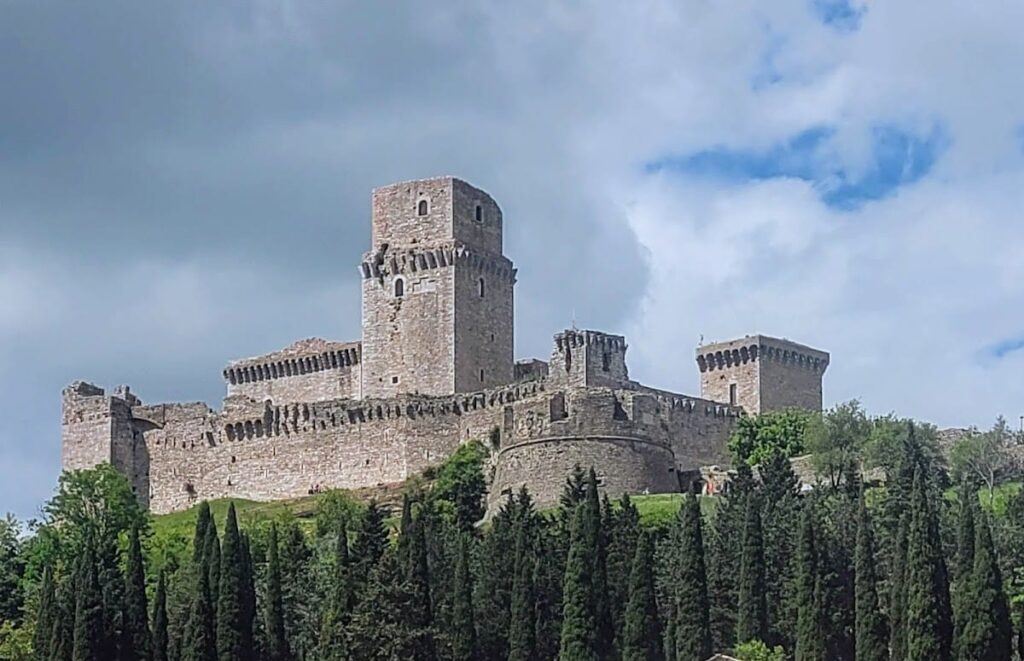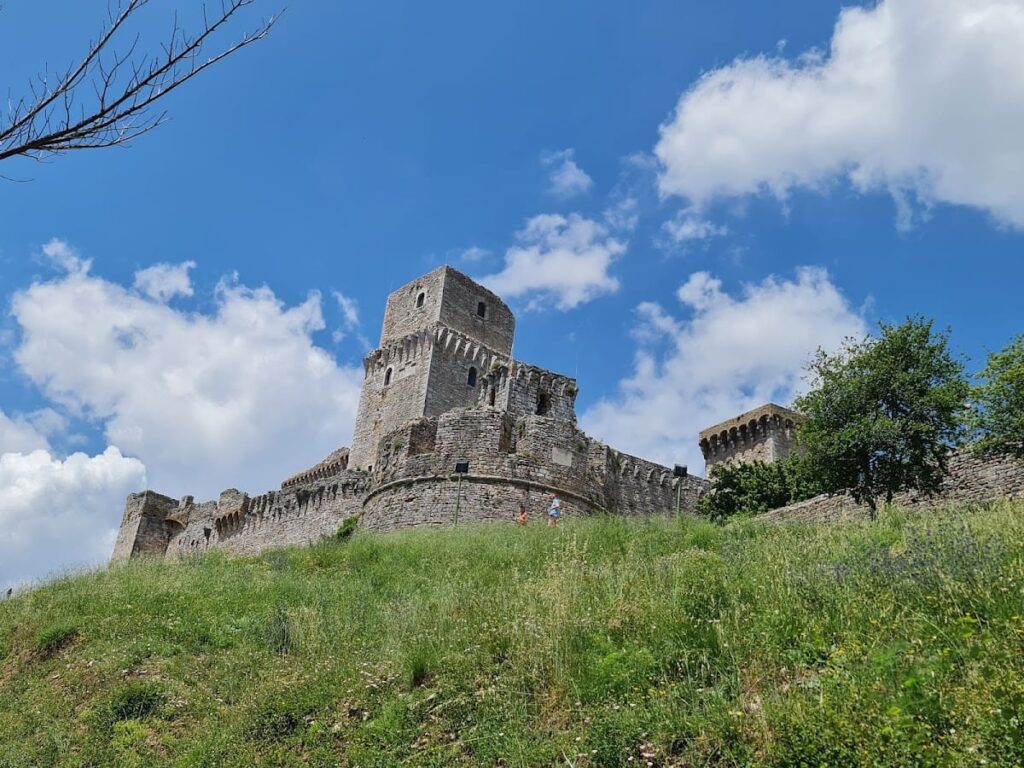Rocca Maggiore: The Historic Fortress Overlooking Assisi, Italy
Visitor Information
Google Rating: 4.5
Popularity: Medium
Google Maps: View on Google Maps
Official Website: www.visit-assisi.it
Country: Italy
Civilization: Medieval European
Remains: Military
History
Rocca Maggiore stands above the city of Assisi in Italy, overlooking the Tescio valley. Its origins trace back over eight centuries as the main defensive fortress of the area. The earliest recorded mention dates to 1173, when Christian of Mainz, a German archbishop and diplomat, occupied Assisi on behalf of Emperor Frederick I Barbarossa, who briefly stayed at the fortress.
In the early 13th century, the fortress served as a residence for the young Frederick II, future King of Sicily and Holy Roman Emperor. He lived there under the care of the Duchess of Urslingen, wife of Corrado, Duke of Spoleto and comes Assisi, a loyal ally of the Swabian emperor. Frederick II’s mother, Empress Constance, returned to Sicily but later came back to Assisi with her husband Henry VI. Their son was baptized at the nearby Cathedral of San Rufino and named Frederick Roger after his grandfathers.
In 1198, Assisi shifted allegiance to the Guelph faction supporting Pope Innocent III. The local population expelled the imperial legate and the young Frederick II, then four years old. This upheaval caused significant damage to the fortress. Later, in 1356, the fortress was rebuilt under Cardinal Egidio Albornoz, commissioned by Pope Innocent VI during the Avignon Papacy to strengthen the defenses of the Papal States.
In 1458, Jacopo Piccinino, captain of Perugia and lord of Assisi, constructed the polygonal northwestern tower. This addition was later completed by Pope Pius II and connected to the fortress walls by a fortified corridor. Further renovations occurred in 1478 under Pope Sixtus V, who reinforced the square structure supporting the central keep. In 1535, Pope Paul III ordered the construction of a round bastion at the fortress entrance.
The Rocca Maggiore is linked by 14th-century walls to the smaller Rocca Minore, also known as the rocchetta or Keep of St. Anthony. This secondary fortress was built by Albornoz in 1360 to strengthen defenses facing the mountain. Over the centuries, Rocca Maggiore remained a key military stronghold in the region.
In modern times, the fortress gained cultural recognition. In 1972, parts of the film “Brother Sun, Sister Moon” were shot inside its walls. The site is also valued as a “Living Monument” for its role as a habitat for protected species like common swifts and bats. In 1980, the Italian Post issued a postage stamp featuring Rocca Maggiore as part of the “Castles of Italy” series.
Remains
Rocca Maggiore is a fortress complex built with trapezoidal walls made from pink limestone quarried from Mount Subasio. Towers stand at each corner, providing defensive coverage. The fortress maintains a medieval layout preserved through 14th-century reconstruction efforts.
The polygonal tower on the northwest side was constructed in 1458 by Jacopo Piccinino and later completed by Pope Pius II. It connects to the main walls via a fortified corridor, enhancing the fortress’s defensive capabilities. Inside the walls, a square structure renovated in 1478 by Pope Sixtus V supports the central keep, known as the mastio.
The main entrance features a round bastion built in 1535 under Pope Paul III. Within the fortress lies a large enclosed courtyard containing former service rooms and the keep. The keep is divided into four rooms accessible by a spiral staircase, allowing movement between levels.
Rocca Maggiore is physically linked to the smaller Rocca Minore by walls dating from the 14th century. The Rocca Minore, built in 1360 by Cardinal Albornoz, reinforced defenses on the mountain side. The fortress walls of Assisi remain intact and can be reached on foot through the Porta Perlici, constructed in 1316.
Today, the walls and towers are well preserved, respecting the medieval design established during the 14th-century rebuilding. The site shows no documented inscriptions, mosaics, or decorative elements. It remains an important example of medieval military architecture in the region.










